Omar Al-Kadi
Deepfake Image Generation for Improved Brain Tumor Segmentation
Jul 26, 2023

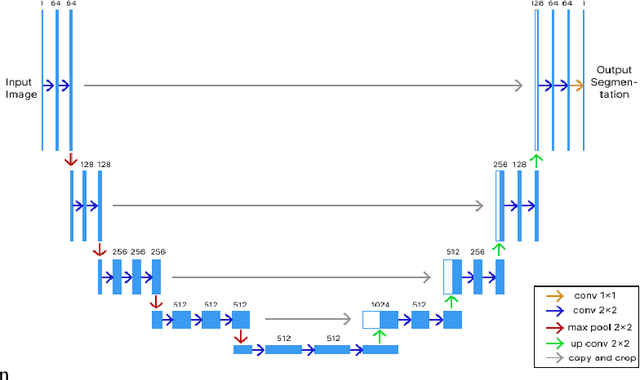

Abstract:As the world progresses in technology and health, awareness of disease by revealing asymptomatic signs improves. It is important to detect and treat tumors in early stage as it can be life-threatening. Computer-aided technologies are used to overcome lingering limitations facing disease diagnosis, while brain tumor segmentation remains a difficult process, especially when multi-modality data is involved. This is mainly attributed to ineffective training due to lack of data and corresponding labelling. This work investigates the feasibility of employing deep-fake image generation for effective brain tumor segmentation. To this end, a Generative Adversarial Network was used for image-to-image translation for increasing dataset size, followed by image segmentation using a U-Net-based convolutional neural network trained with deepfake images. Performance of the proposed approach is compared with ground truth of four publicly available datasets. Results show improved performance in terms of image segmentation quality metrics, and could potentially assist when training with limited data.
* 6 pages, 8 figures, 2 tables, conference paper
An Approach for Time-aware Domain-based Social Influence Prediction
Jan 19, 2020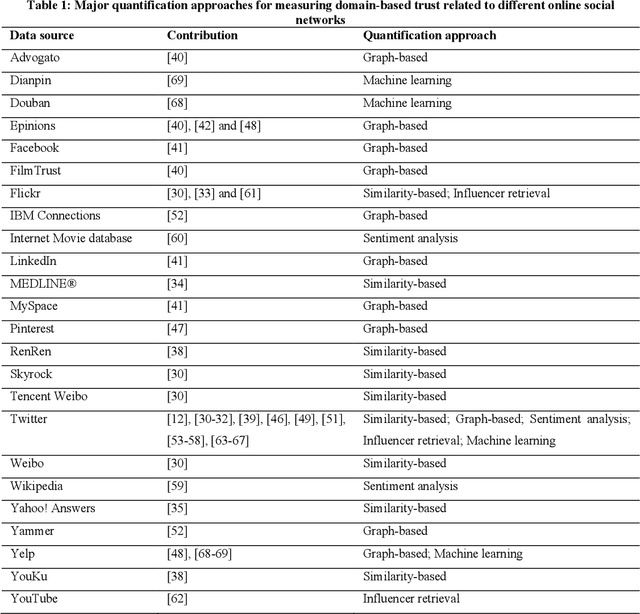
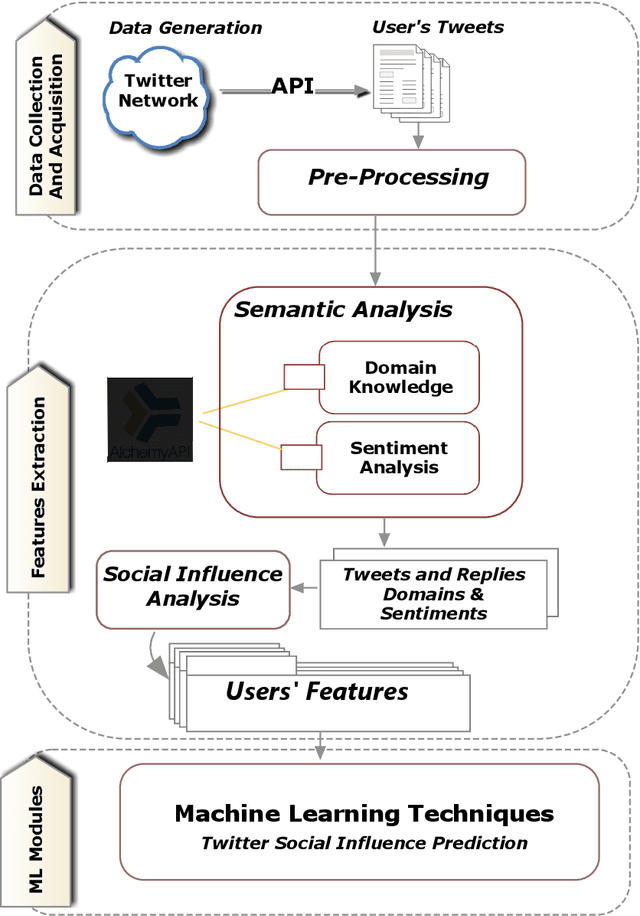
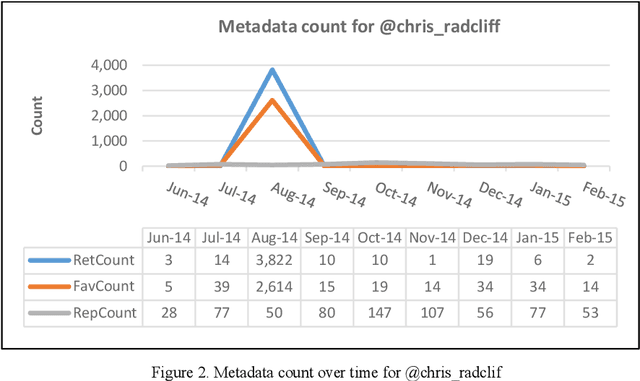
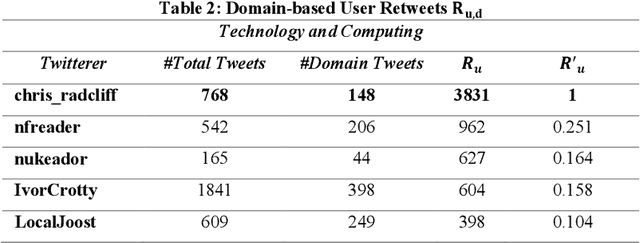
Abstract:Online Social Networks(OSNs) have established virtual platforms enabling people to express their opinions, interests and thoughts in a variety of contexts and domains, allowing legitimate users as well as spammers and other untrustworthy users to publish and spread their content. Hence, the concept of social trust has attracted the attention of information processors/data scientists and information consumers/business firms. One of the main reasons for acquiring the value of Social Big Data (SBD) is to provide frameworks and methodologies using which the credibility of OSNs users can be evaluated. These approaches should be scalable to accommodate large-scale social data. Hence, there is a need for well comprehending of social trust to improve and expand the analysis process and inferring the credibility of SBD. Given the exposed environment's settings and fewer limitations related to OSNs, the medium allows legitimate and genuine users as well as spammers and other low trustworthy users to publish and spread their content. Hence, this paper presents an approach incorporates semantic analysis and machine learning modules to measure and predict users' trustworthiness in numerous domains in different time periods. The evaluation of the conducted experiment validates the applicability of the incorporated machine learning techniques to predict highly trustworthy domain-based users.
Combined statistical and model based texture features for improved image classification
Dec 29, 2015


Abstract:This paper aims to improve the accuracy of texture classification based on extracting texture features using five different texture methods and classifying the patterns using a naive Bayesian classifier. Three statistical-based and two model-based methods are used to extract texture features from eight different texture images, then their accuracy is ranked after using each method individually and in pairs. The accuracy improved up to 97.01% when model based -Gaussian Markov random field (GMRF) and fractional Brownian motion (fBm) - were used together for classification as compared to the highest achieved using each of the five different methods alone; and proved to be better in classifying as compared to statistical methods. Also, using GMRF with statistical based methods, such as Gray level co-occurrence (GLCM) and run-length (RLM) matrices, improved the overall accuracy to 96.94% and 96.55%; respectively.
 Add to Chrome
Add to Chrome Add to Firefox
Add to Firefox Add to Edge
Add to Edge